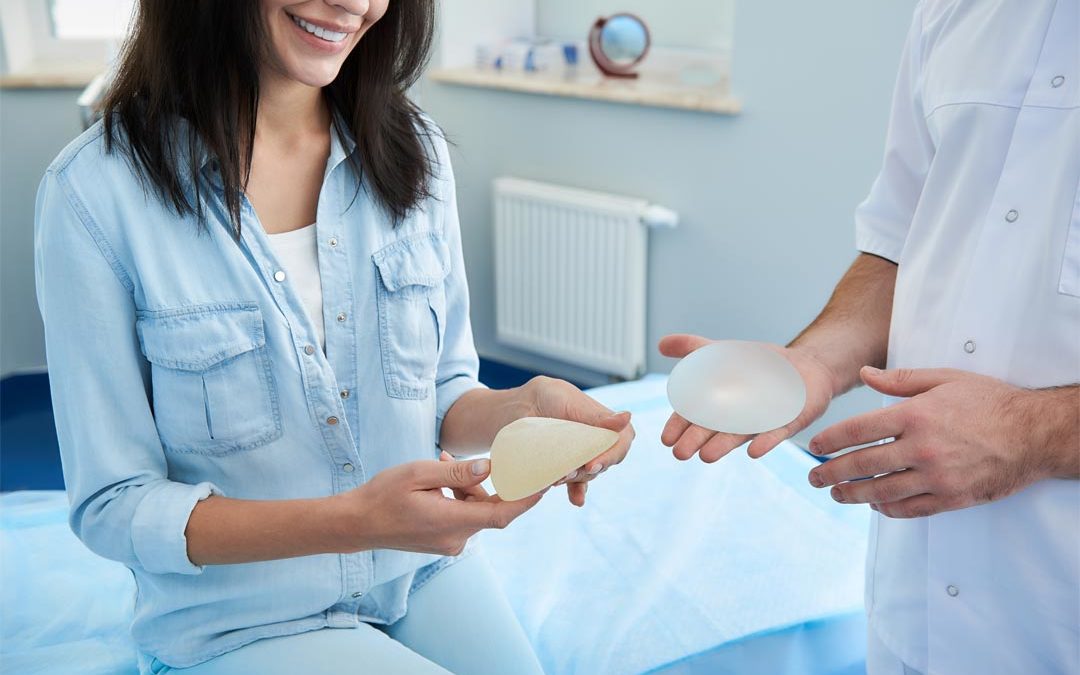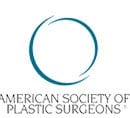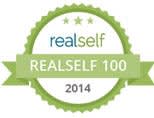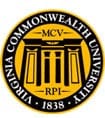Breast implant surgery is one of the most sought-after cosmetic procedures in the U.S., but enduring popularity of breast augmentation has also made the topic rife with myths, misunderstandings and altogether off-base ideas. The best way to be sure you will enjoy your breast implant results for years to come is to be a more educated patient before your surgery.
Board-certified cosmetic surgeon Dr. Gregory Lynam believes it is essential for patients to learn as much as you can about what to expect during and after the procedure so you can separate myth from reality. With that in mind, let’s clear up some of the most common misconceptions about breast augmentation surgery.
Myth 1: Breast implants create health risks.
The first thing you should know about breast implants is that the U.S. Food and Drug Administration has approved them for use as a medical device. Since gaining FDA approval involves passing a series of rigorous safety tests, you can feel confident the administration considers implants to be safe.
You may have heard rumors of women who claim to have developed a wide range of health problems after getting breast implants. However, scientific studies including hundreds of thousands of women with implants have disproved any link between implants and systemic or autoimmune diseases. In addition, there is no proven risk of breast cancer in patients with breast implants.
Myth 2: Implants need to be replaced often.
Modern breast implants are designed to be long-lasting, and there’s no need to get them replaced unless an issue such as a rupture, leakage or capsular contraction occurs. The best course of action is to have regular reviews that include breast exams, mammograms or MRIs to detect any potential health problems with the implants or breasts.
Myth 3: Saline implants are safer than silicone gel implants.
Whether you get saline vs. silicone implants is a matter of personal choice. There isn’t anything inherently “better” or “worse” about either material. Many women say silicone implants feel more like natural breast tissue, whereas saline implants are firmer and tend to ripple more than silicone.
Rupture of either type of implant is rare, but the saltwater in saline implants is completely natural, and your body will absorb it quickly. Leaking silicone implants do need to get removed right away, but having an MRI of your breasts every two to three years can help detect any “silent ruptures.”
Myth 4: Implants inhibit a woman’s ability to breastfeed.
Many women choose to undergo breast augmentation in their 20s and 30s, and may be concerned about the implants affecting their ability to breastfeed if they choose to become pregnant. However, there is no reason a woman with breast implants would not be able to feed one or more children if she wishes to do so. Breast augmentation surgery doesn’t typically affect the milk ducts or the areas of your breasts that play a role in producing breast milk. The most common locations for the incisions and the implants themselves leave the ducts intact, and still attached to the nipples. Also, modern breast implant materials are designed with safety standards in mind, and should not leak into your breast milk.
Myth 5: Augmented breasts look and feel unnatural.
In the earlier days of breast augmentation surgery, many women went with an artificial “Pamela Anderson” appearance. While some women still want this look, many more opt for a more modest improvement of their natural contours, and the best breast augmentation surgeons can make that goal a reality.
By carefully considering breast implant factors like profile, placement and proportions, realistic-looking breast augmentation is the norm rather than the exception. Breast implant surgery has advanced enough to allow the best breast augmentation surgeons to provide subtle results that help put women’s natural beauty at the forefront.
Myth 6: Breast augmentation is mostly for younger women.
While a study from the American Society of Plastic Surgeons’ official journal found the average age for breast augmentation surgery was 34, 20- and 30-something women are not the only ones who decide to get breast augmentation. Women of all age groups, particularly after one or more pregnancies, may opt to get the procedure to restore their breast shape to a more youthful profile. After all, there is no age limit on feeling sexy and feminine.
Myth 7: Women can go up as many cup sizes as they want.
The goal of breast augmentation surgery is to create the most natural-looking results that leave women satisfied and fulfill their desire for fuller breasts. Breast surgery is a highly customizable procedure because of the types and sizes of breast implants currently available; however, patients should be realistic about the breast augmentation results they can achieve.
Factors that could affect your specific outcomes include your height, weight and frame, what your breasts currently look like, the size and weight of the implants themselves and how the implants will affect your body. Your body and skin need time to adjust, so don’t assume you can jump directly from a B cup to a DD cup in one surgery. If your goal is a dramatic increase, a better approach is to step up the implant size progressively over the course of a few years.
Myth 8: Breast augmentation results are immediate.
Though you will notice a change in the size of your breasts right after surgery, you will have some initial swelling and tightening that causes your breasts to appear somewhat higher than their final position. It will take several weeks for the swelling to completely subside and the breast implants to settle into their final position. For this reason, it’s best to plan your breast augmentation procedure well ahead of a special event like a wedding, reunion, vacation or other special occasion.
Myth 9: Any plastic surgeon can perform breast implant surgery.
It takes a skilled cosmetic surgeon, with years of training, to provide natural and long-lasting breast augmentation results. While some doctors claim to be the best breast augmentation surgeons, don’t assume a special focus on a type of surgery is the same as achieving board certification, which requires passing a series of rigorous written and oral exams and maintaining continuing education. With Dr. Lynam’s extensive experience, you can be confident you will receive a personally tailored approach to achieving the look you desire.
Myth 10: Implants must be large to be sexy.
The idea that breast implants should be oversized is an outdated misconception. The truth is that beautiful, natural-looking breast enhancement can provide a subtle size increase and still deliver satisfying results for patients. The belief that all women want generously sized breasts is one of the biggest misconceptions about breast augmentation surgery. With the increasing demand for more realistic images of female beauty in the media, plastic surgeons have seen a similarly growing demand among women to have nicely shaped breasts that are proportional to their body type.
Breast Augmentation in Richmond, VA
As with any plastic surgery procedure, breast augmentation cannot guarantee results, but most women who choose to get a breast enhancement procedure report being extremely satisfied with their outcomes, and a relatively small percentage decide to revise or remove their implants. If you’re ready to learn more about breast augmentation, schedule your private, confidential consultation with Dr. Lynam at Richmond Surgical Arts.
Get in touch now if you’d like to schedule a consultation.














